Below you can find a complete list of types of animals in Ireland. We currently track 241 animals in the country and add more every day!
Toward the end of the last Ice Age, some 2.6 million years ago, rising sea levels cut Ireland off from the European mainland. This led to the evolution of some uniquely adapted animals on the Emerald Isle, Ireland’s nickname for its immense greenery. Twenty-six terrestrial mammals are native to Ireland, including the Irish hare, the Irish stoat, the Irish grey partridge, and ten species of bats. Though well over 450 unique bird species call Ireland home for at least part of the year, all but two of these species are migratory.
Ireland is known for other species that have flourished there – like the Connemara pony, the athletic ponies known for their sweet dispositions, intelligence, and hardy good health. Wild herds of these ponies run wild in Connemara today, while Connemara ponies are bred all over the world to be show horses.
Galway sheep is a breed that originated in Galway, in the west of Ireland. These large, white-faced sheep are known for their characteristic bob of wool on the tops of their heads and for their wooly legs. Galways are mostly raised for meat but there are efforts to promote the use of their wool.
Far more animal species flourished in Ireland throughout the Ice Age, including the wooly mammoth, the wild horse, the Irish elk (also called giant deer), and a brown bear species thought by biologists to be an ancestor to today’s polar bear. Predatory human hunting likely contributed to these animals’ extinction. The extinct Irish elk had massive antlers and is believed to have weighed more than 2,000 lbs ©Daniel Eskridge/Shutterstock.com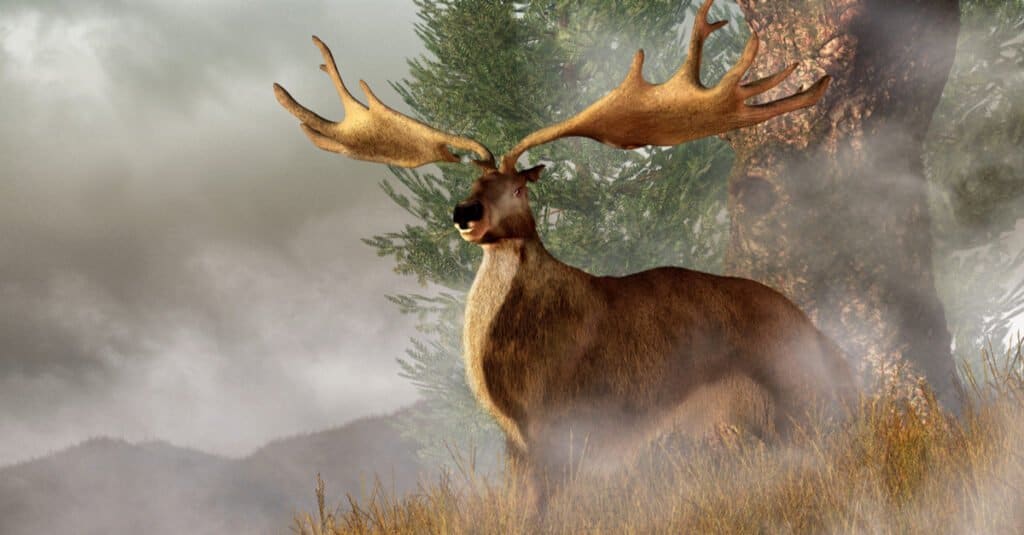
The Official National Animal of Ireland
There’s some controversy over Ireland’s national animal. Many people think it should be the Irish elk; however, this species is extinct. The Irish elk was a large deer about the size of the biggest moose, with the largest antlers of any deer ever to have lived – 13 feet across. These giant deer went extinct during the last ice age around 10,000 years ago – along with dire wolves, saber-tooth tigers, cave lions, mastodons, and others.
The next best choice is the Irish hare, which is the only lagomorph native to Ireland. Irish hares are significantly larger than rabbits, weighing as much as 8 pounds. They’re famous for the predatory boxing behavior they display during early spring as part of their mating rituals. It’s likely that the famous March hare in “Alice in Wonderland” was intended to be an Irish hare.
This sub-species of the mountain hare wears a coat of reddish brown in summer which fades to gray-brown in winter. The Irish hare’s eyes are large on the side of its head and it sports a pure white tail. Like all hares, the Irish variety is a herbivore that eats grasses, heather, herbs, sedges, willow, gorse, and bilberry in winter. The Irish hare can be seen in any of Ireland’s six national parks.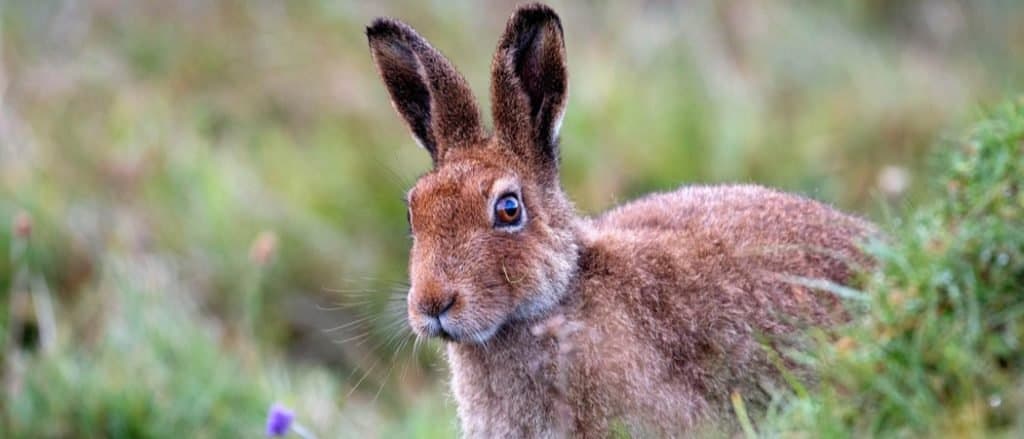
©Ben Whitley/Shutterstock.com
The Top Wild Animals can be found in Ireland’s National Parks
While some Irish fauna like the red fox, the badger, the otter, and the pygmy shrew are fairly evenly distributed throughout the island, others like the Irish hare, the red deer, and the pine marten are more likely to be found in one of Ireland’s six national parks and numerous nature preserves.
From herds of red deer in County Kerry’s Killarney National Park to herds of wild ponies in Connemara – Ireland’s national parks and nature preserves offer a feast for the eyes of every animal and nature lover. The stunning beauty of the green hills spotted with castles and the oceans of breaching whales feature opportunities for spectacular adventures. Golden eagles were reintroduced to Glenveagh National Park with great success.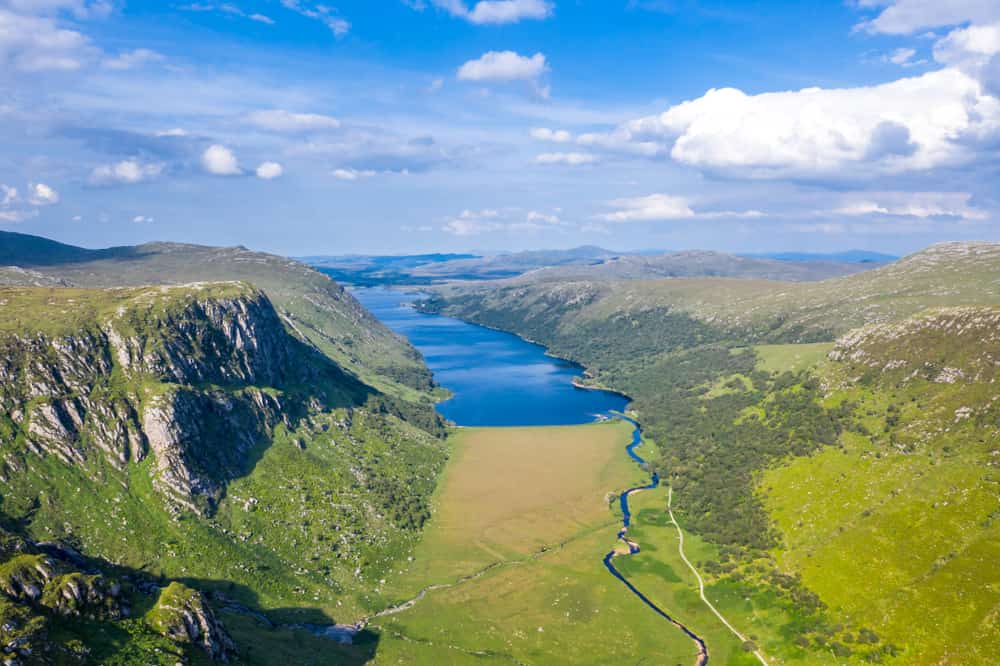
©Lukassek/Shutterstock.com
- Wicklow Mountains: Protected fauna in the Wicklow Mountains National Park include otters, bats, and endangered bird species such as the whooper swan and the peregrine falcon.
- The Burren: If you want to glimpse the pine marten in its native habitat, the place to go is Burren National Park in County Clare.
- Killarney: In 1981, County Kerry’s Killarney National Park was designated a UNESCO Biosphere Reserve. The yew and oak woodlands comprising this park are some of the only forests remaining on the island and are home to Ireland’s only indigenous herd of red deer.
- Glenveagh: Golden eagles were thought to be extinct in Ireland for many years. Then a breeding pair was sighted, and in 2000, this endemic bird species was reintroduced in Glenveagh National Park where it survived and thrived. Glenveagh also contains Ireland’s largest herd of red deer.
- Connemara: Connemara is most famous for its wild Connemara ponies. According to popular folklore, these mammals originally descended from ponies brought over by the Vikings during the Dark Ages. Connemara also hosts a variety of birds, including chaffinches, kestrels, and snipes, during the warmer months.
- Ballycroy: Ballycroy National Park is a birdwatcher’s delight, hosting dippers, sandpipers, whooper swans, and rare predatory birds such as merlin and peregrine falcons.
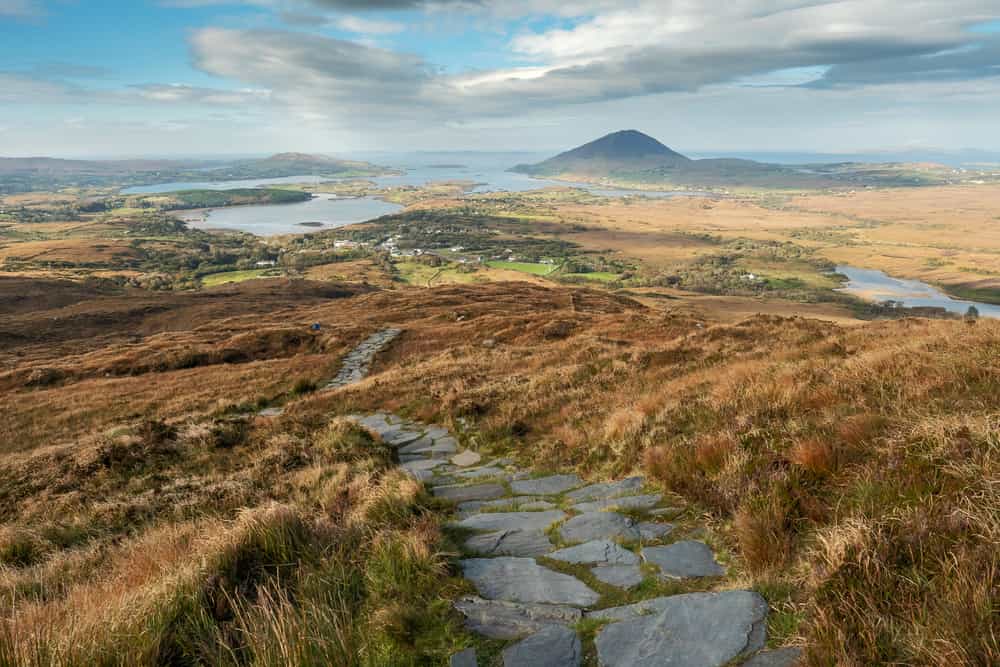
Path to the Diamond hill in Connemara National park, where wild Connemara ponies can be seen.
©Mark Gusev/Shutterstock.com
Native Birds
Over 450 species of birds reside on the island country, most of which fly through on migratory journeys. Ireland’s geographically isolated location creates unique habitats for a variety of bird species. Bird watching has become a favorite hobby of the locals – and Ireland is a premiere destination for birders worldwide.
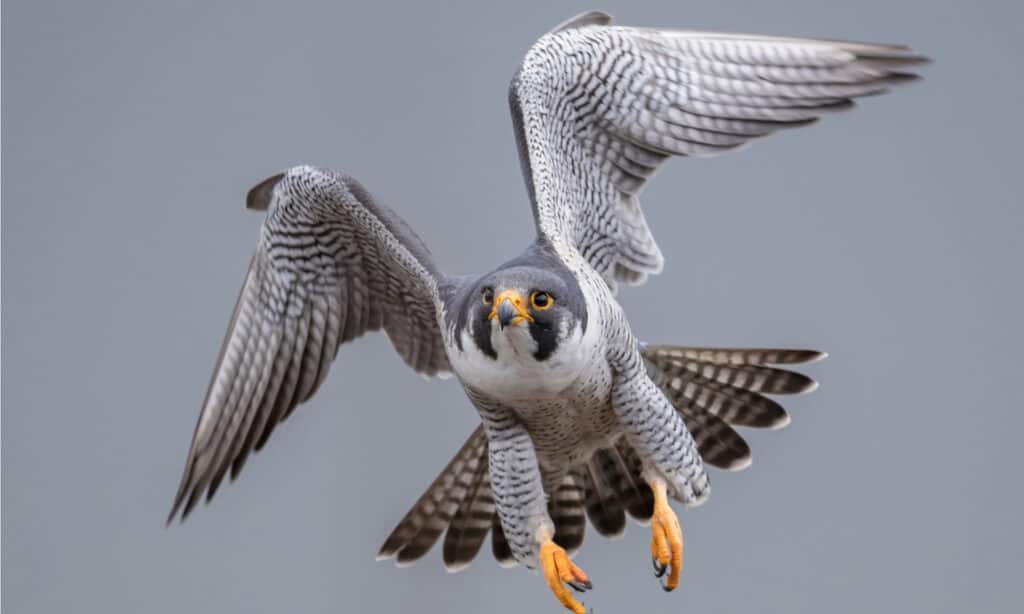
Peregrine falcons, the fastest animals in the world and native to Ireland, can be seen in Ballycroy National Park.
©Harry Collins Photography/Shutterstock.com
Local organizations have set up multiple nature reserves in vulnerable areas, including estuarine marshes, grasslands, and forests, to help protect some of the country’s most adored and threatened avifauna. A few examples of reserves are:
- Kicoole – Grassland behind a shingle beach.
- East Coast Nature Reserve – Murrough Wetlands
- Cuskinny Marsh – Shoreline lagoon, grassland, woodland
- Sheskinmore Lough – Shallow freshwater coastal lagoon set in machair (flat, sandy) grasslands.
- Bishop’s Island – Sallows (lowland grassland) subject to spring flooding
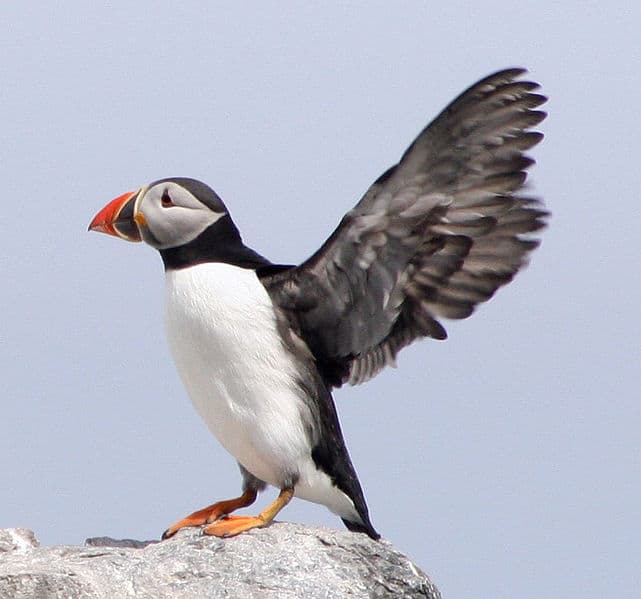
Bird watchers love to see adorable puffins in Ireland.
Many other reserves exist in the country. Some particularly sought-out species found within these areas are:
- Puffins
- Greenland White-fronted Geese
- White-tailed Eagles
- Razorbill
- Ringed Plover
- Rose Tern
While many of these beautiful, interesting birds do nestle into natural areas, many common species are also found in locals’ gardens and backyards, making Ireland an exciting place for bird-watching. The red deer is the largest land animal in Ireland.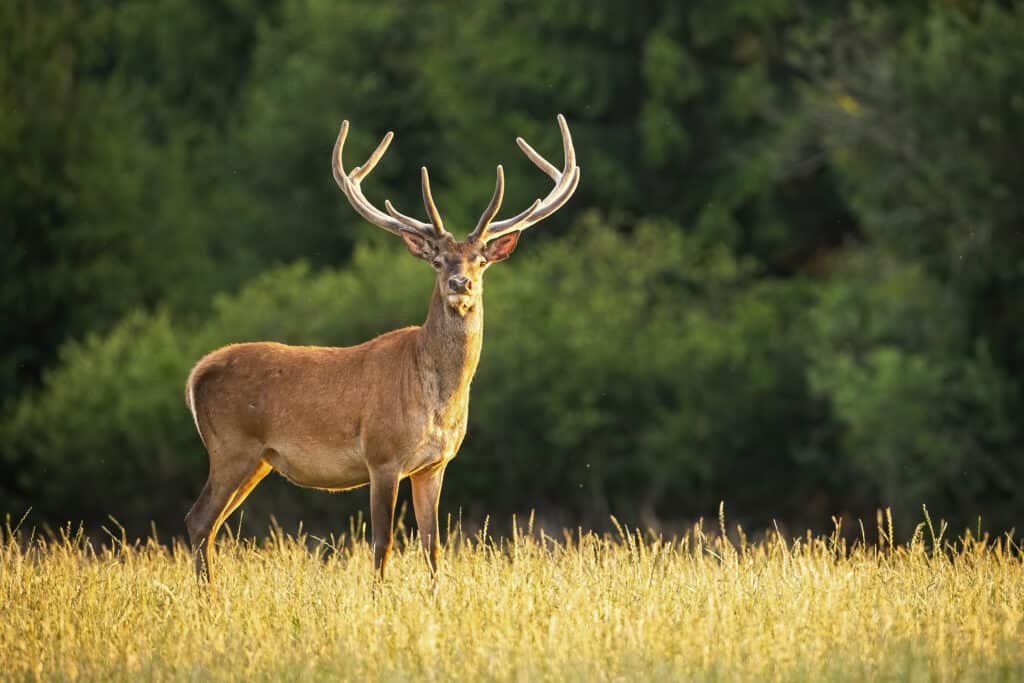
©WildMedia/Shutterstock.com
Largest Animal
After all native deer had been hunted nearly to extinction, deer had to be reintroduced to this remote island country. By the middle of the 19th century, the last home of the red deer was in the woodlands and mountains of Killarney, County Kerry. The red deer of Kerry is now the only population that is a descendant of the deer brought to Ireland from Scotland 5,000 years ago. Other red deer have been transported since the 1900s and thanks to rigorous protection, are growing in numbers. Red deer are currently the largest land animal in Ireland. Red deer that are not protected in the national parks have been bred with silka, another species of deer imported from Japan, making the red deer of Kerry even more special.
Red deer have a rich, reddish brown coat which fades to greyish brown in winter. Mature stags carry magnificent racks of antlers – containing up to 20 points. The male red deer use their antlers to battle for dominance during mating season.
Native Fish
While the land scenery of Ireland is truly one of a kind, the surrounding coastlines and ocean offer great opportunities for fishing, along with the inland rivers and lakes. Listed below are some of the top spots for fishing in Ireland:
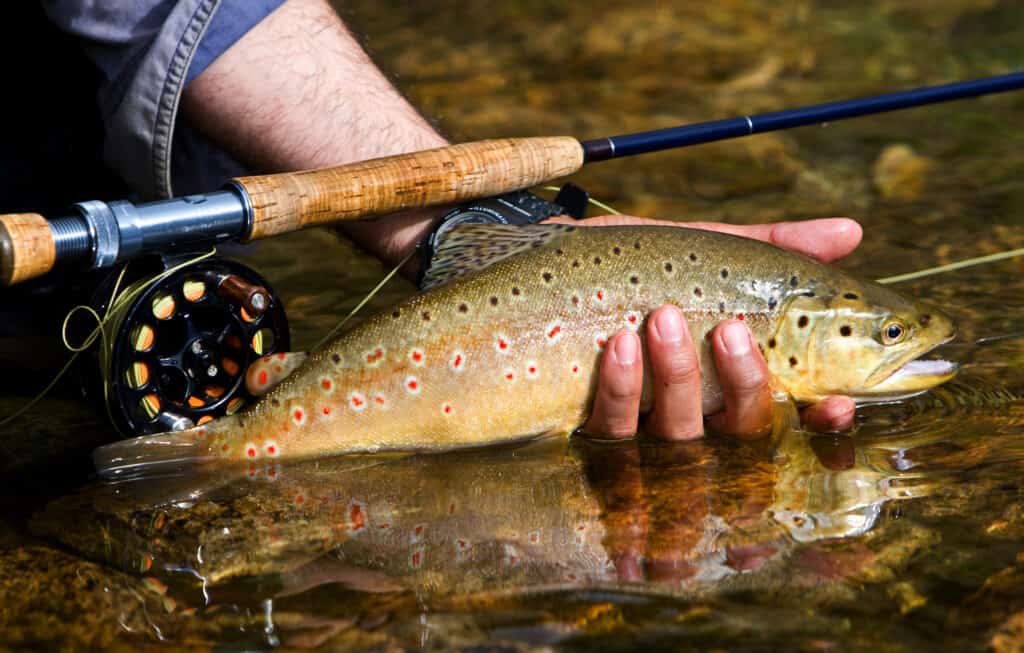
Wild brown trout populations are high in Lough Currane where fly fishing is favored.
©iStock.com/MarceloDufflocqw
- Cork Harbor – Lined with fishing boats, it is quite obvious that this natural harbor is an excellent area for fishing. Popular species caught here include sea bass, mullet, blonde ray, pollack, conger eel, and blue shark.
- Lakeland Fishery – Three stocked, freshwater lakes offer a quiet, promising spot for carp fishing. Overnight stays are possible through rental lodging.
- The Great Western Lakes – The limestone base of these lakes makes the water alkaline, leading to higher productivity and faster growth rates of fish. The lakes are especially good for trout and salmon fishing.
- Lough Currane – Lough Currane can be considered one of the best trout and salmon fishing spots because it lies directly upstream from the ocean. Wild brown trout populations are high in these waters. Fly fishing is the most popular method of catching here. White-tailed sea eagles were reintroduced to the area, making it popular for birdwatching, as well.
- The River Moy – Fly fishing, spinning, and bait fishing the Moy prove fruitful for catching salmon, as the river is known to be the country’s most productive salmon fishing hotspot, reeling in over 6,000 salmon per year. Large salmon swim the river in spring, averaging nine pounds. Spring salmon run from April to June, while smaller, summer salmon are more prominent in July.
Deep sea fishing and freshwater fishing are both rewarding in Ireland and sightseeing is easy on these excursions.
If you had rather go on a whale-watching excursion instead of catching fish – those are available in Ireland too! From County Cork, minke whales arrive in March and are followed by humpback whales in April. Fin whales can be seen from June onwards. If you don’t fancy a boat ride -visitors to Ireland are able to see these whales from the coasts if the weather is favorable.
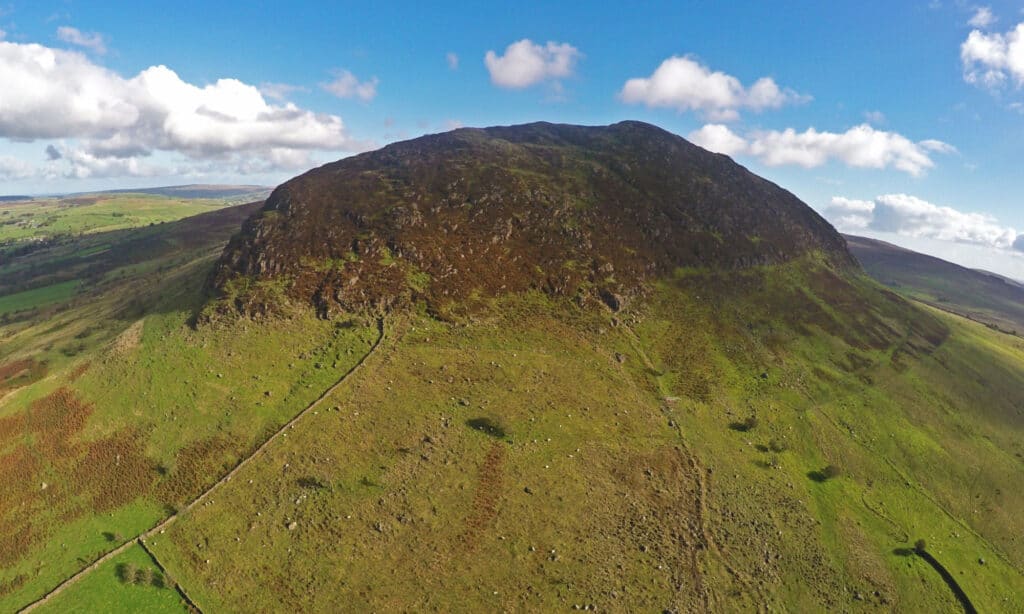
Mount Slemish is the site of Saint Patrick’s fateful fast.
©Ballygally View Images/Shutterstock.com
Native Snakes
Even though snake species have made their way to Britain, no snake species exist in Ireland and there are no recorded fossils of snakes in the country. Most scientists believe that the most recent ice age, the same one that caused the Irish Elk to become extinct, led to the island being cut off by the cold surrounding seas and keeping snakes out.
Many people believe that the Christian missionary, Saint Patrick, drove the snakes out of Ireland during the fifth century A.D. According to legend, Patrick, also the patron saint of Ireland, chased the snakes into the sea after they attacked him during a 40-day fast that he was taking on top of a hill. Ireland is one of only a few places in the world – including New Zealand, Iceland, Greenland, and Antarctica where snakes don’t exist.
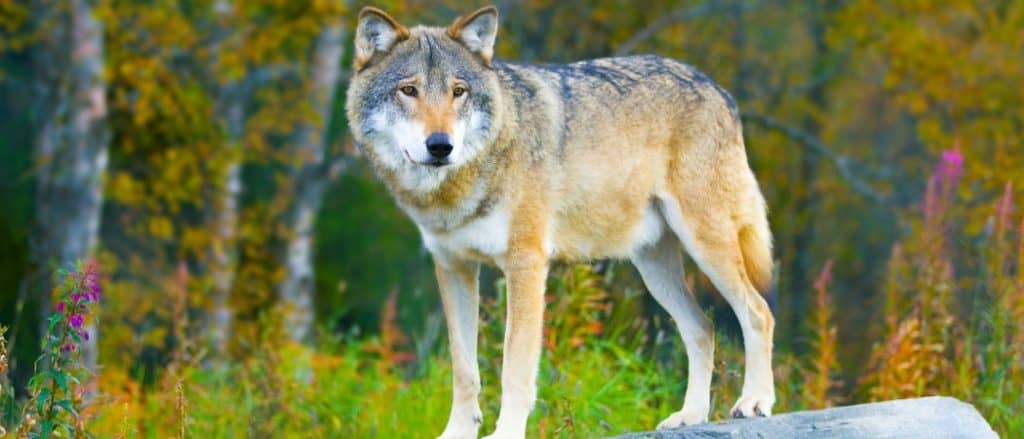
Grey wolves were hunted to extinction after Cromwell’s anti-wolf legislation lured hunters from all over Europe.
©Kjetil Kolbjornsrud/Shutterstock.com
The Most Dangerous Animals In Ireland are Extinct
Contemporary Ireland has had a few dangerous types of animals. Until the beginning of the 18th century, however, grey wolves were common throughout much of Ireland. According to popular folklore, Cormac Ulfada, the most famous of the ancient High Kings of Ireland, was raised by grey wolves and was fluent in their speech.
Wolves and humans maintained an uneasy truce until the decade after Oliver Cromwell conquered Ireland and an enormous amount of anti-wolf legislation was passed. Historical facts show that professional wolf hunters swarmed into Ireland from all parts of Europe, and today, wolves are extinct on the Emerald Isle. The last wild wolf in Ireland is reported to have been killed in 1786.
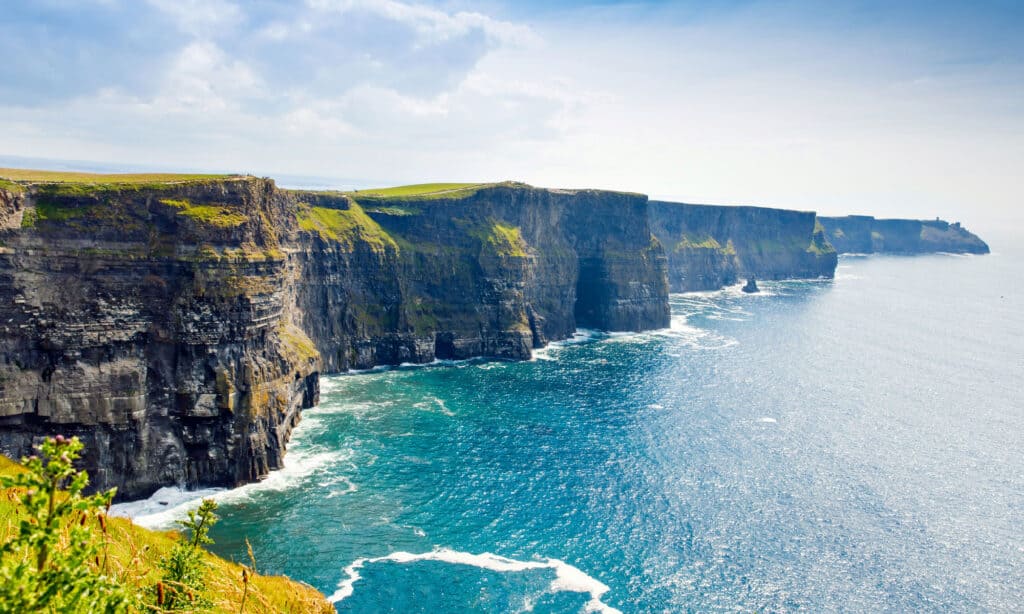
There are stunning natural landscapes to be seen in Ireland.
©iStock.com/romrodinka
Zoos in Ireland
Ireland offers stunning views of architecture, natural landscapes, and beautiful wildlife, proving an exceptional travel destination. Adding to the draw are the zoos, wildlife parks, and aquariums that visitors can explore to gain a better understanding of local and exotic flora and fauna. Here are some of the top-rated zoos to visit in Ireland:
- Dublin Zoo – The Dublin Zoo was founded in 1831 by a group of private physicists and anatomists. The London Zoo was the main donator of original species. Now, the zoo features over 600 animals of different species, all in enclosures resembling natural habitats. Animals reside in social groups and are capable of breeding and reproducing on their own. The Dublin Zoo is a registered charity and partners with zoos around the world to further conservation efforts. Animal species include elephants, wolves, colorful birds, sloths, and many others.
- Belfast Zoo – Sitting on 55 acres of land, the Belfast Zoo offers an extensive list of animals for viewing purposes. The zoo suffered damage during WWII but was able to rebuild and bring in more species, now holding around 120 different species. The Belfast Zoo aids conservation efforts around the world and is constantly improving its systems.
Both zoos mentioned providing an incredible way to spend time while in the country learning about animals and worldwide conservation work. Other aquariums and wildlife parks are available to visit, as well.
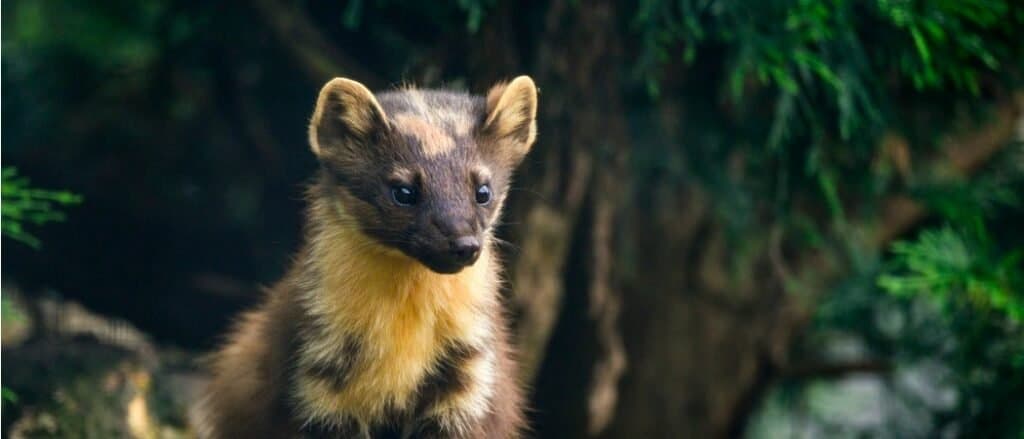
The pine martin is one of several endangered mammals in Ireland.
©iStock.com/Matt_Gibson
Rarest Animals
Sadly, there are animals in Ireland that have gone from being part of the everyday landscape to becoming a rare sight. Endangered mammals in Ireland include the otter, the pine martin, and the red squirrel. Unique fish like the gillaroo, pollan, and goureen are also in danger of becoming extinct.
The great yellow bumblebee is an insect that is almost extinct in Ireland. Widely distributed across the country in the past – the bright yellow bee has declined so rapidly that it is now known to be in only a few places. It emerges from hibernation later than most other bees – preventing it to coincide with when grassland floras are at their peak.
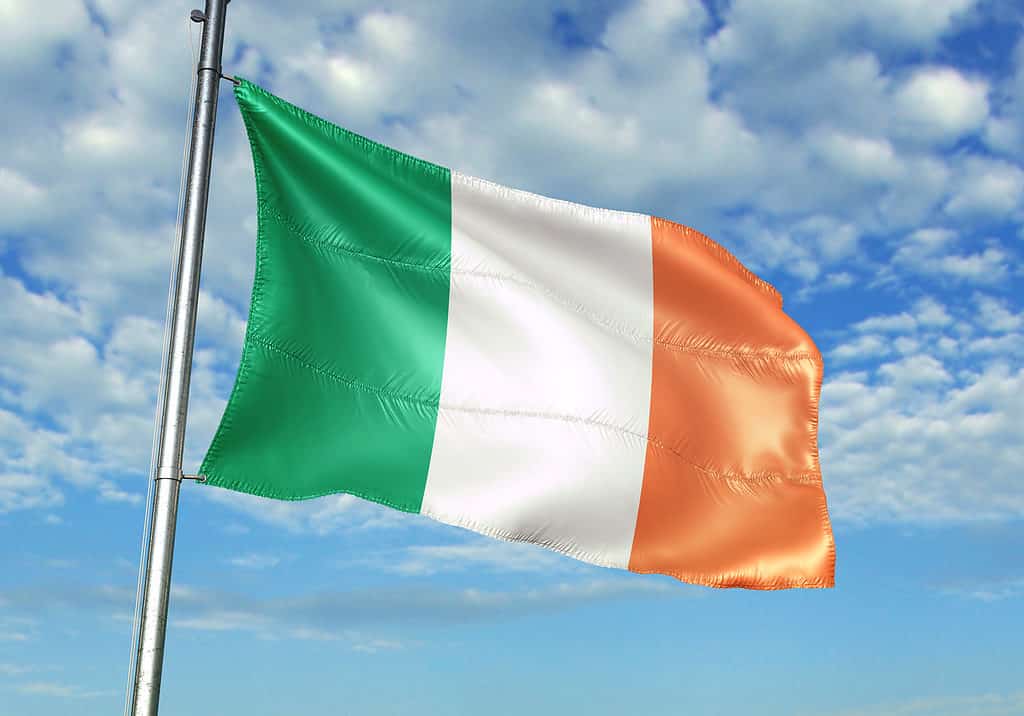
The flag of the Republic of Ireland is intended to symbolize the inclusion and union of people of different traditions.
©iStock.com/Oleksii Liskonih
The Flag of Ireland
The flag of the Republic of Ireland is a rectangular flag divided into three wide vertical stripes in green, white, and orange, with the green stripe closest to the flag pole. The flag was designed to symbolize the inclusion and union of the people of different traditions on the island of Ireland. According to the constitution of the Republic of Ireland, every person born in Ireland is part of an independent Irish nation, regardless of ethnic origin, religion, or political conviction.
The green of the flag represents Roman Catholics, the orange represents the minority protestants that were supporters of William of Orange. The white in the center signifies a lasting peace and hope for union between the protestants and Catholics of Ireland
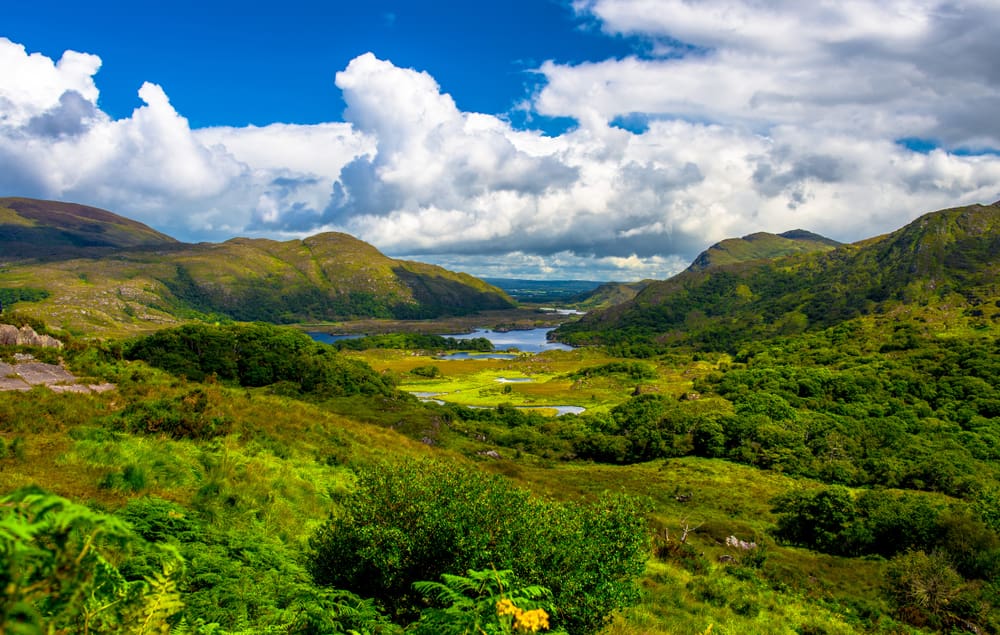
The landscape of Lady’s view, Killarney National Park in Ireland
©Lyd Photography/Shutterstock.com
Killarney National Park is Most Popular in Ireland
There are six official national parks in Ireland and all are equally beautiful. We covered them in a section above but we wanted to provide a little more information on Ireland’s most popular park, Killarney. Located just outside Killarney town, the park offers stunning landscapes, and abundant wildlife including red deer, famous lakes, and historical buildings. Explore the lakes on bike trails or kayaks or take a walk or hike to explore the McGillycuddy Reeks, Ireland’s highest mountain range.
Visit all six national parks of Ireland for adventure-seeking opportunities, such as trekking, cycling, fishing, boating, and much more!
Irish Animals
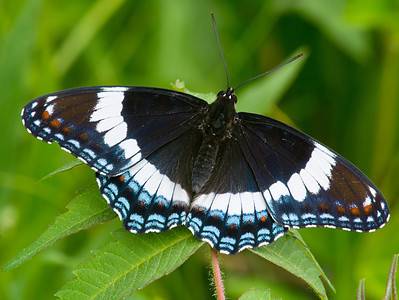
Admiral Butterfly
Stunningly beautiful wings
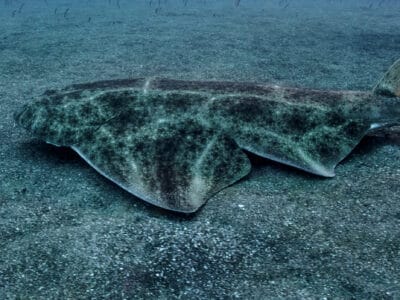
Angelshark
The angelshark’s range has contracted by more than 80% in the past century.
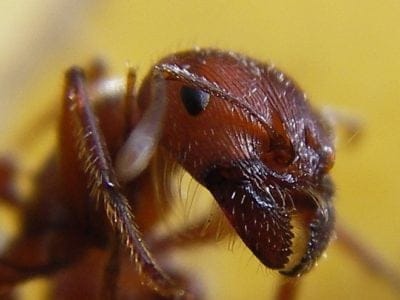
Ant
First evolved 100 million years ago!
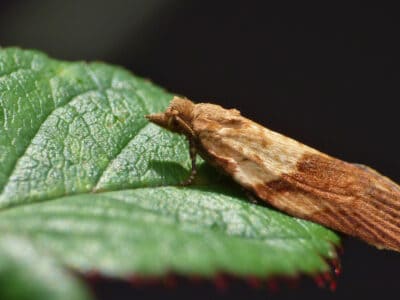
Apple Moth
In Australia the LBAM causes $21.1 million annually in lost production and control costs
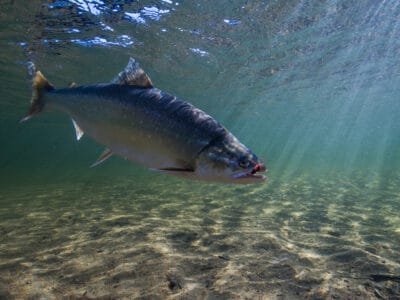
Arctic Char
Arctic char is the northern-most fish; no other fish lives anywhere further north!
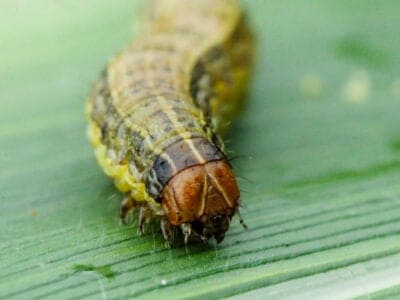
Armyworm
They are so named because they "march" in armies of worms from one crop to another in search of food
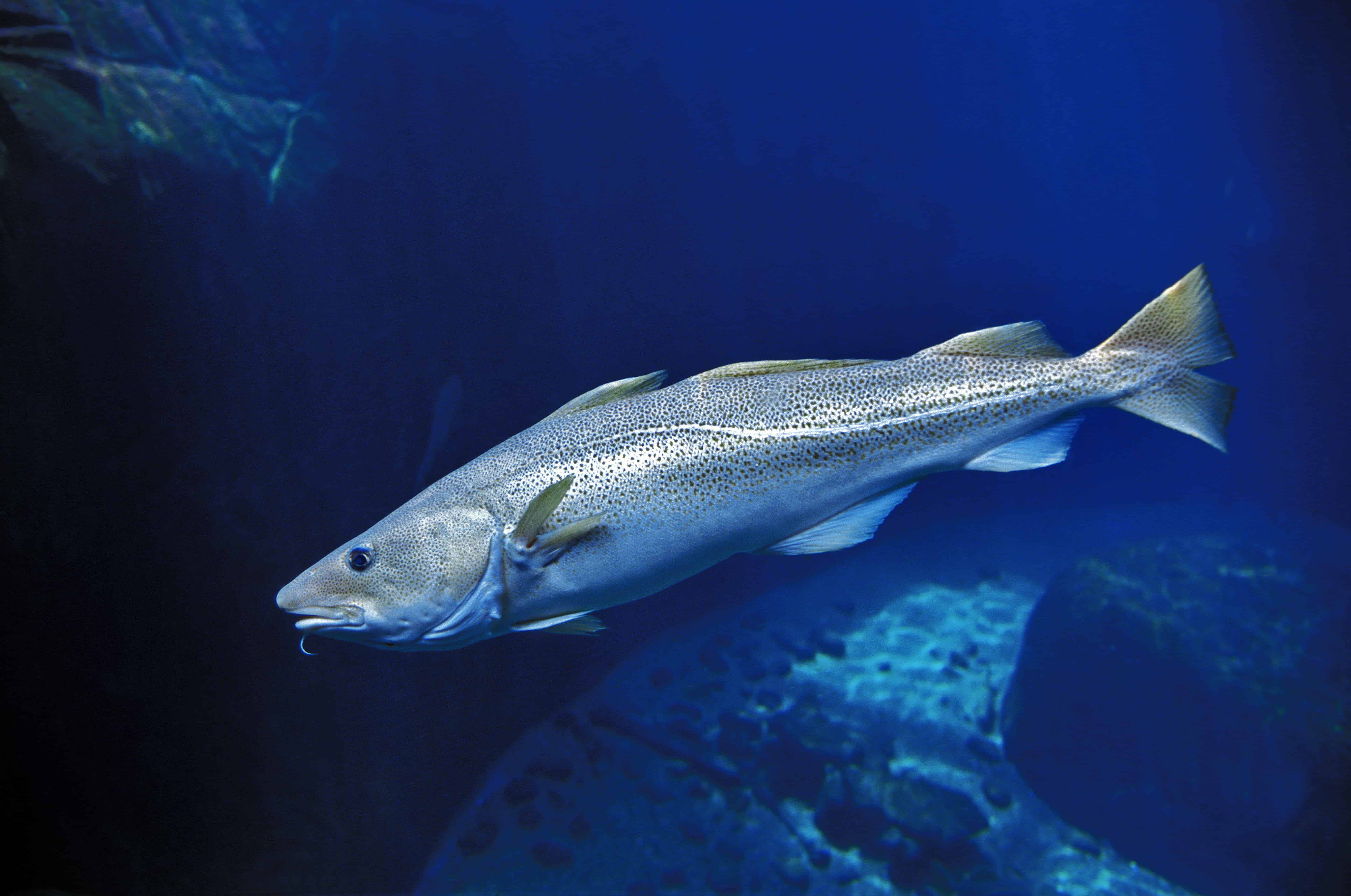
Atlantic Cod
One of the most popular food fishes in the world
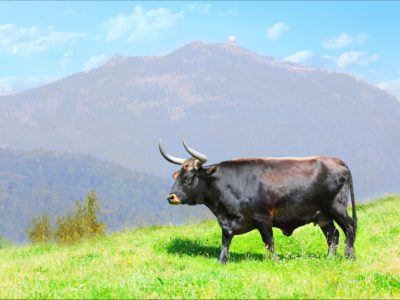
Aurochs
Extinct ancestor of all domesticated cattle!
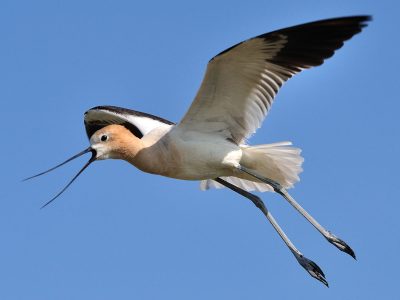
Avocet
Has a curved, upturned beak!
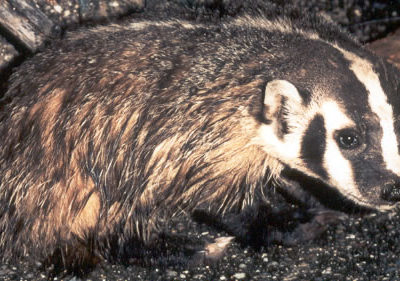
Badger
Can reach speeds of 30 km/h!
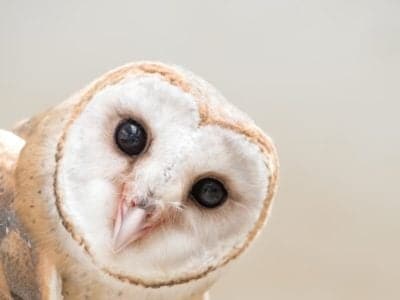
Barn Owl
Found everywhere around the world!
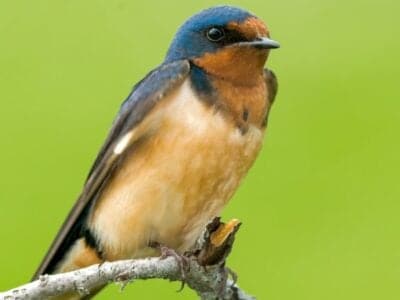
Barn Swallow
Older offspring help care for new hatchlings.
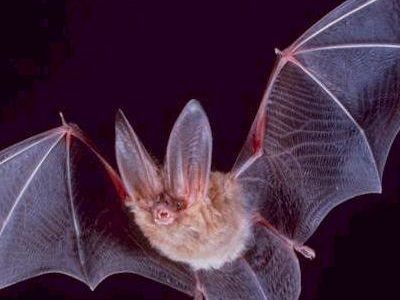
Bat
Detects prey using echolocation!
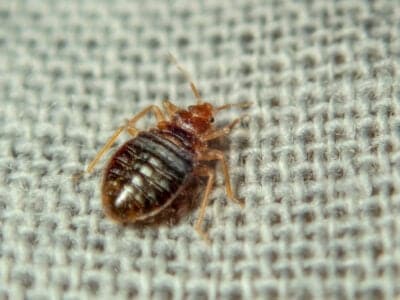
Bed Bugs
Bed bugs feed for 4-12 minutes.
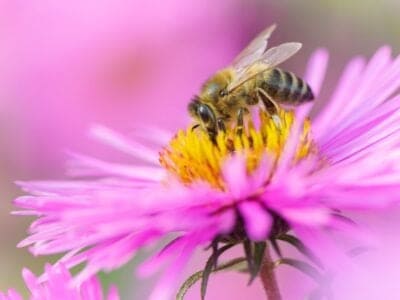
Bee
Rock paintings of bees date back 15,000 years
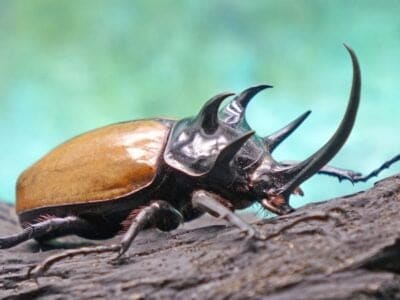
Beetle
There are more than 350,000 different species
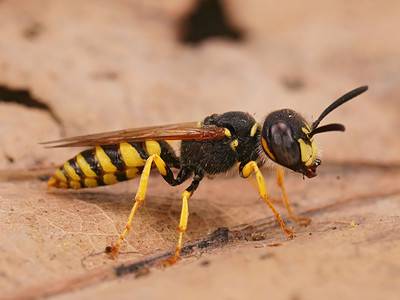
Beewolf wasp
They hunt bees
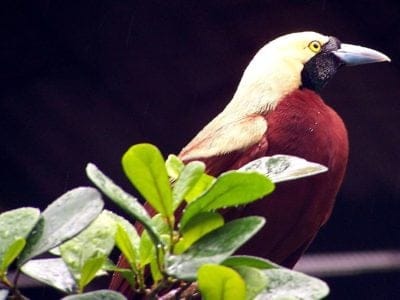
Bird
Not all birds are able to fly!
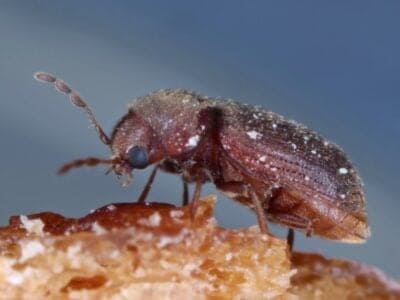
Biscuit Beetle
The biscuit beetle form a symbiotic relationship with yeast
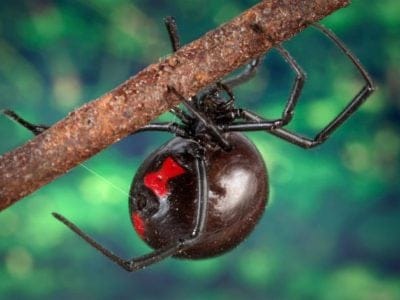
Black Widow Spider
They typically prey on insects!
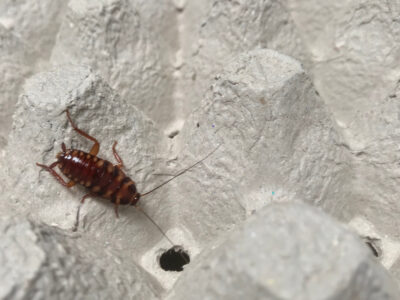
Brown-banded Cockroach
Females glue egg cases to furniture
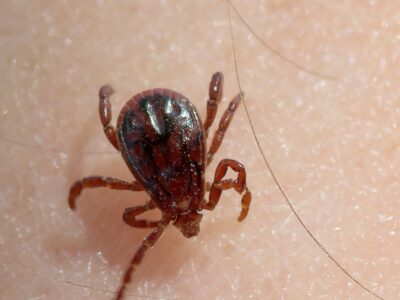
Brown Dog Tick
Can live its entire life indoors
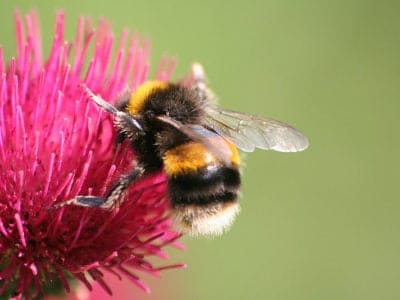
Bumblebee
The most common species of bee!
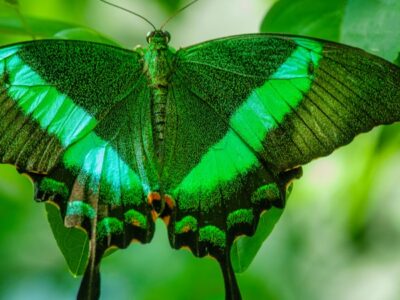
Butterfly
There are thought to be up 17,500 species!
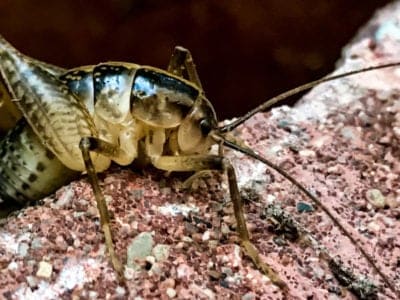
Camel Cricket
The camel crickets that are found in the USA are light brown in color. They also have dark streaks all over their body.
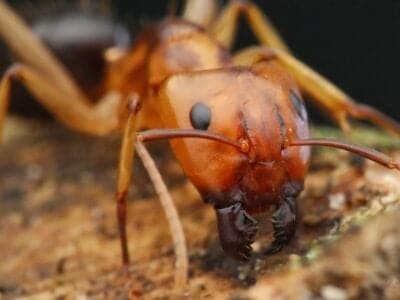
Carpenter Ant
Carpenter ants can lift up to seven times their own weight with their teeth!
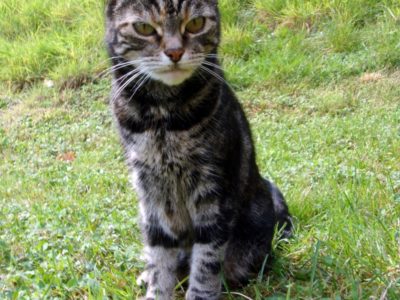
Cat
May have been domesticated up to 10,000 years ago.
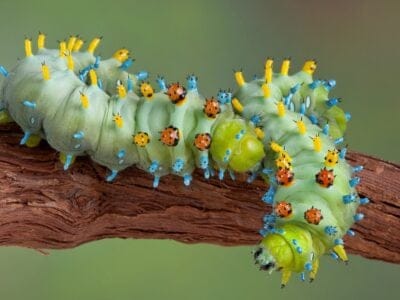
Caterpillar
The larvae of a moth or butterfly!
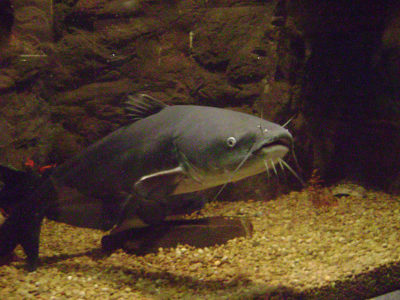
Catfish
There are nearly 3,000 different species!
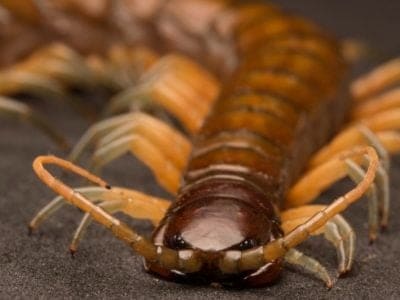
Centipede
There are about 3,000 documented species!
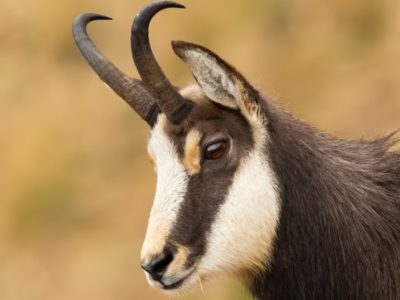
Chamois
Natively found in the European mountains!

Chicken
First domesticated more than 10,000 years ago!
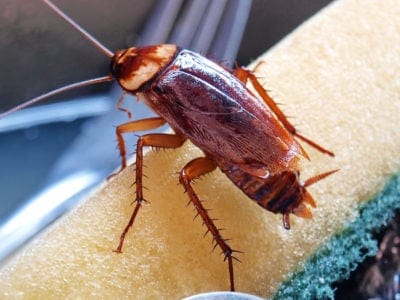
Cockroach
Dated to be around 300 million years old!
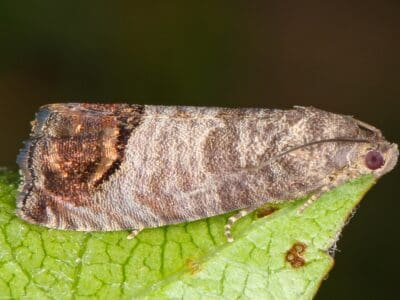
Codling Moth
Pupae are able to undergo diapause to survive poor fruit yield years and winter.
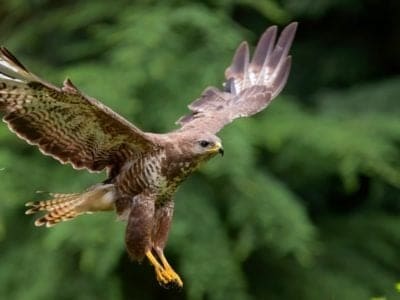
Common Buzzard
The most common raptor in the UK!
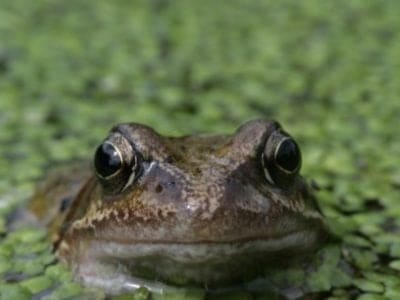
Common Frog
Found throughout the European continent!
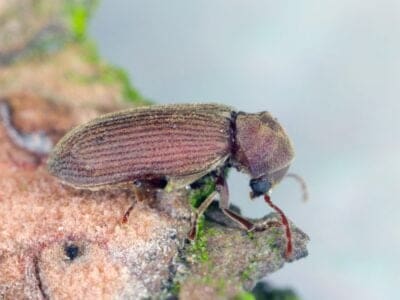
Common Furniture Beetle
The common furniture beetle feeds exclusively on wood
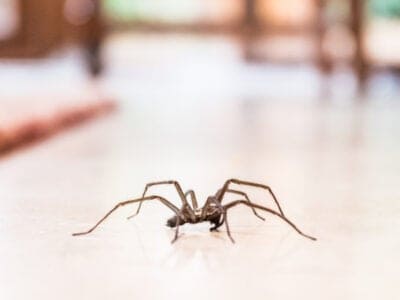
Common House Spider
House spiders have the ability to eat most insects in a home.

Common Loon
Also known as the Great Northern Diver

Common Raven
A group of ravens is called an unkindness or a conspiracy.
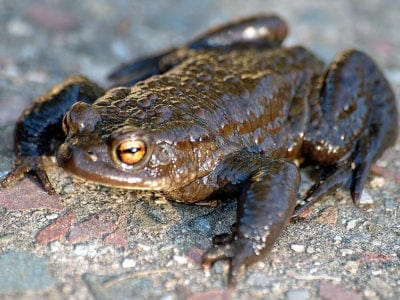
Common Toad
Most active in wet weather!
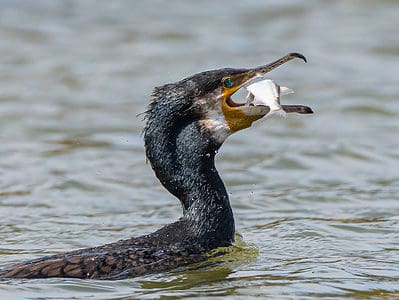
Cormorant
They can fly 35 mph and dive 150 feet below water.
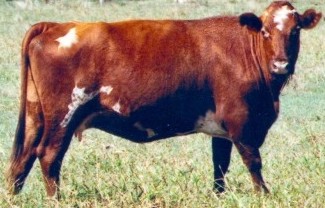
Cow
There are nearly 1.5 billion worldwide!

Crab
There are 93 different crab groups
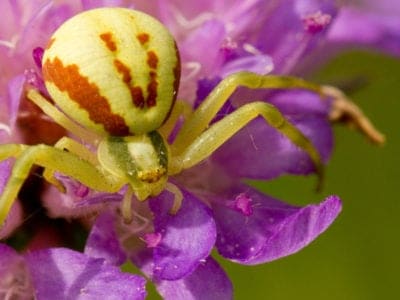
Crab Spider
Crab Spiders can mimic ants or bird droppings
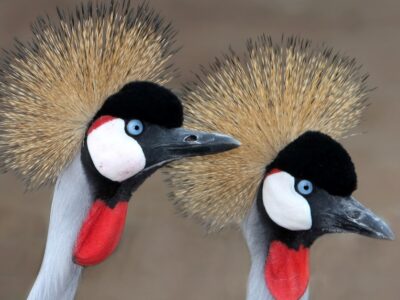
Crane
Many are critically endangered species!
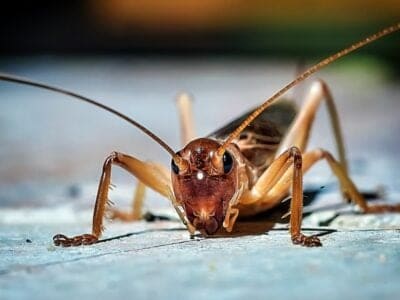
Cricket
Male crickets can produce sounds by rubbing their wings together
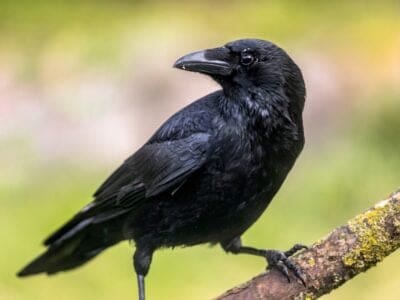
Crow
A group of these birds is called a Murder.
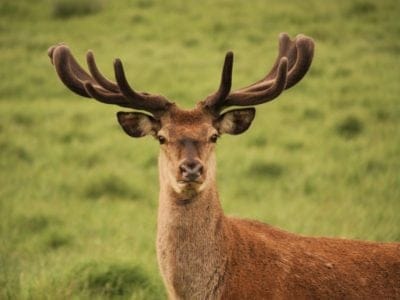
Deer
There are around 40 different species!
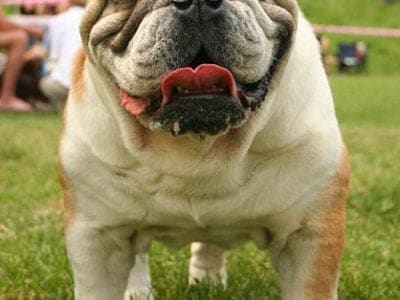
Dog
First domesticated in South-East Asia!
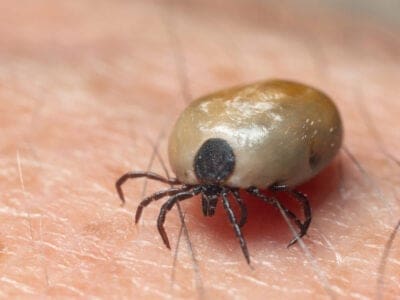
Dog Tick
Dog ticks feed on dogs and other mammals
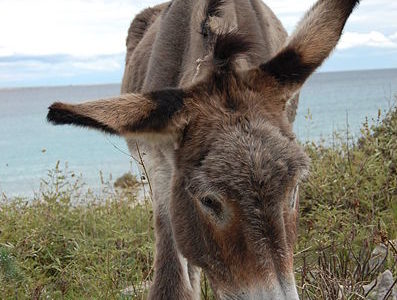
Donkey
First domesticated 5,000 years ago!
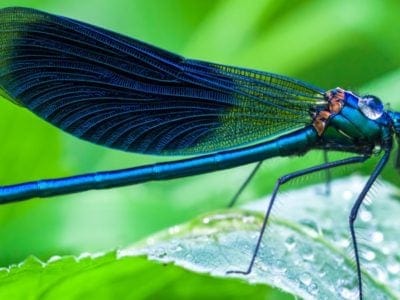
Dragonfly
It's larvae are carnivorous!
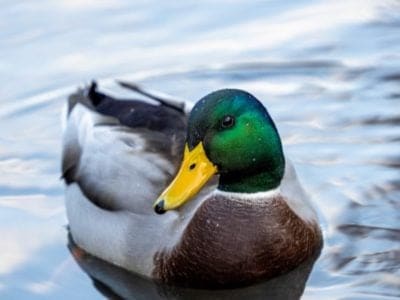
Duck
Rows of tiny plates line their teeth!
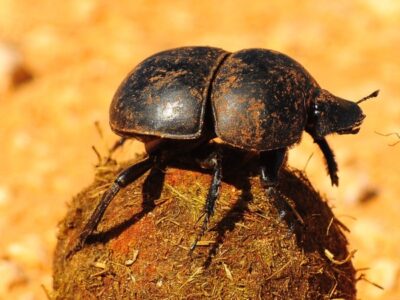
Dung Beetle
The dung beetle can push objects many times its own weight
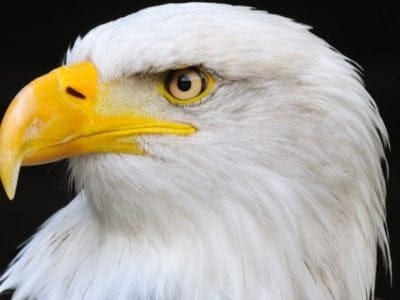
Eagle
Has exceptional eyesight!
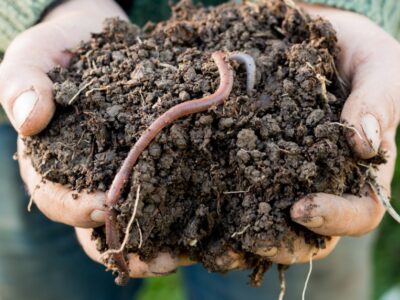
Earthworm
They are hermaphrodites, which means they have male and female organs
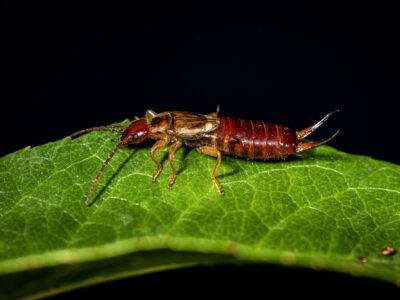
Earwig
There are nearly 2,000 different species!
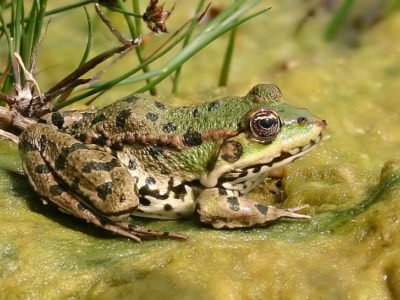
Edible Frog
Are known to guard the muddy banks!
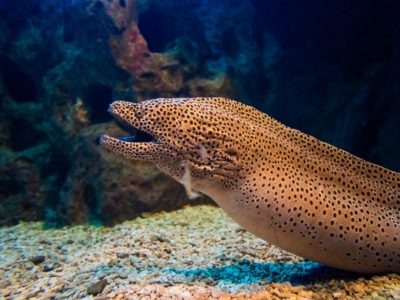
Eel
Eels can be a mere few inches long to 13 feet!
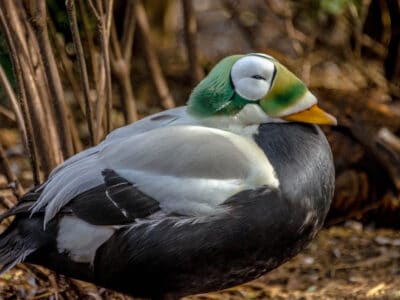
Eider
Eiders are sexually dimorphic, with males being larger and more colorful.
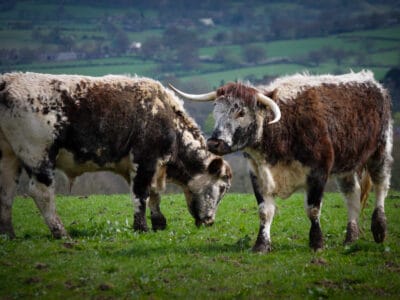
English Longhorn Cattle
Although they look similar to the Texas Longhorn, they are not closely related.
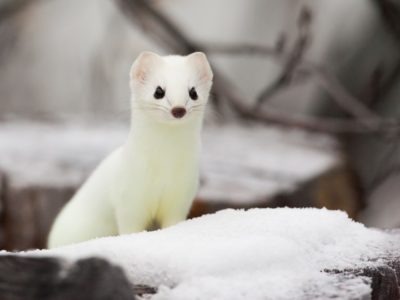
Ermine
A very bold and ferocious predator!
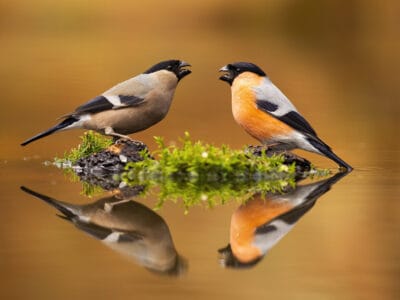
Eurasian Bullfinch
The shy eurasian bullfinch prefers to forage very close to cover.
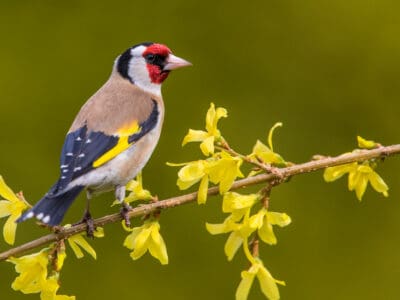
European Goldfinch
They are frequent visitors to backyard feeders, especially those containing niger seeds.
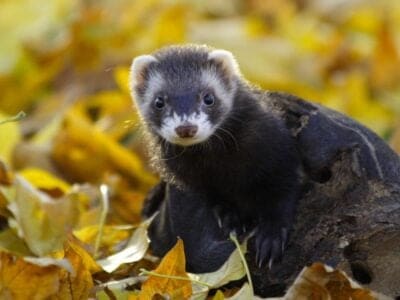
European Polecat
Its fur changes color in the winter!
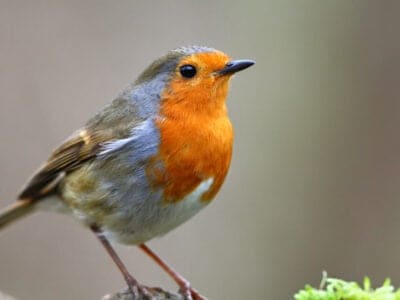
European Robin
Male robins are so aggressive and territorial that they will attack their own reflections.
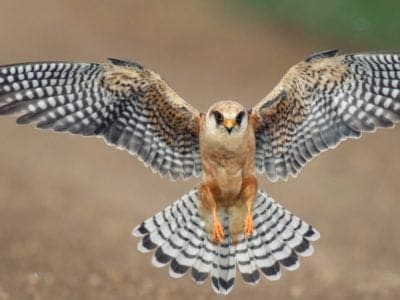
Falcon
The fastest creatures on the planet!

Fallow deer
The fallow deer has more variation in its coat colors than most other deer.
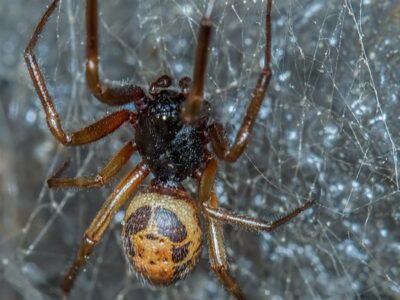
False Widow Spider
False spiders actually prey on black widow spiders and other hazardous spiders
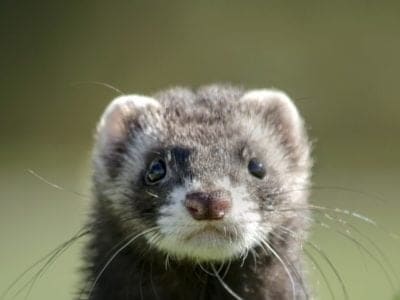
Ferret
Ferrets can be trained to do tricks like dogs!
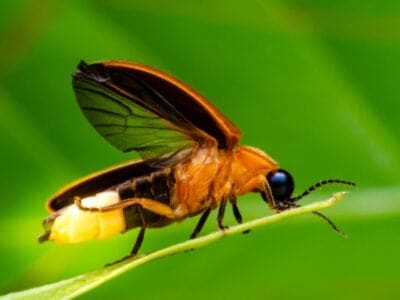
Firefly
The firefly produces some of the most efficient light in the world
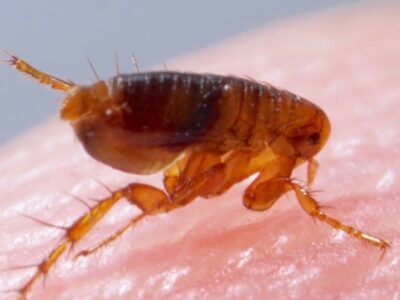
Flea
Adult fleas can jump up to 7 inches in the air
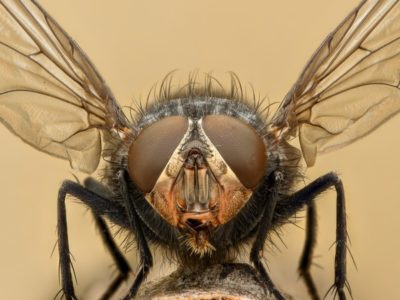
Fly
There are more than 240,000 different species!
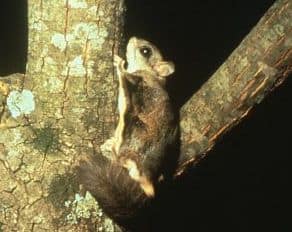
Flying Squirrel
Can glide up to 90 meters!
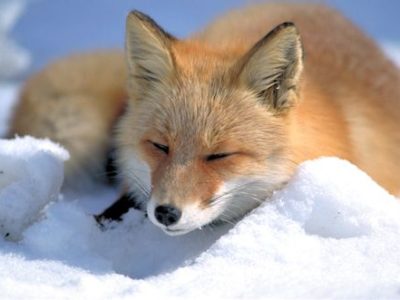
Fox
Only 12 species are considered "true foxes"
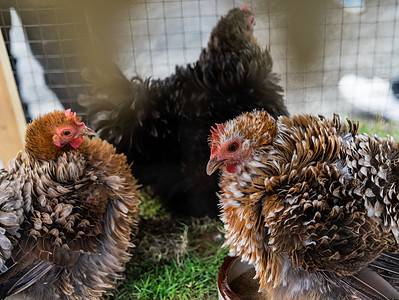
Frizzle Chicken
Frizzle chickens are known for their frizzled feathers, which result from a genetic mutation.
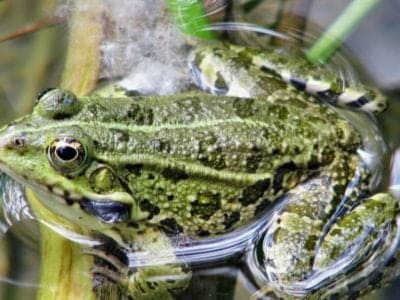
Frog
There are around 7,000 different species!
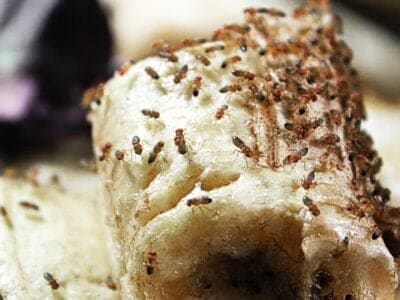
Fruit Fly
Fruit flies are among the most common research animals in the world
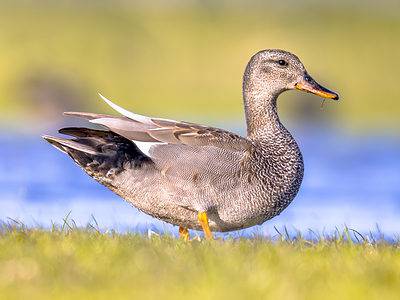
Gadwall
They make many sounds when trying to attract a mate.
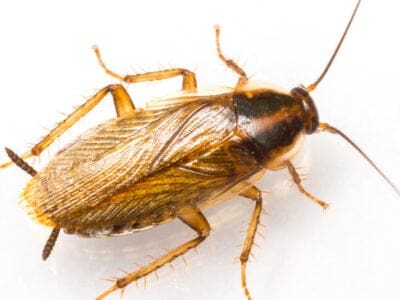
German Cockroach
The most common type of urban roach
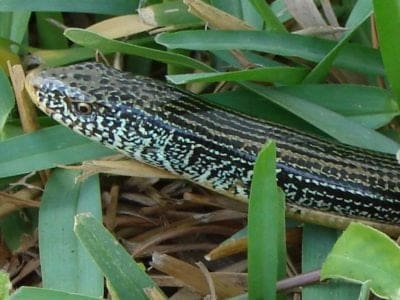
Glass Lizard
Can grow up to 4ft long!
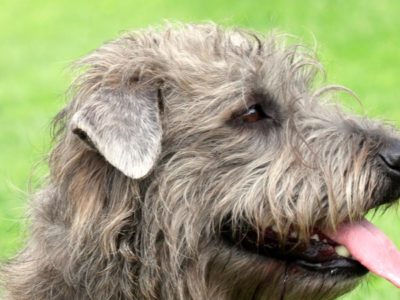
Glen Of Imaal Terrier
This dog is also named the Wicklow Terrier after the county of its origin.
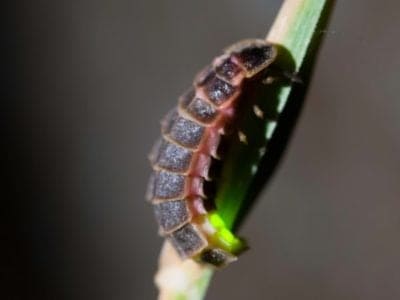
Glowworm
Found inhabiting dense woodland and caves!
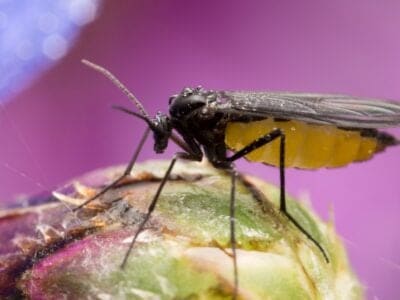
Gnat
Males form large mating swarms at dusk
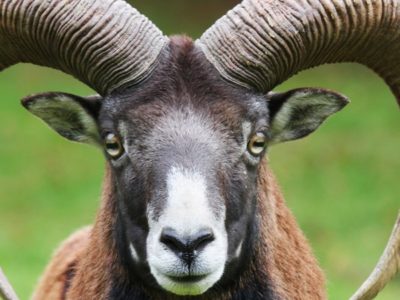
Goat
Most closely related to the Sheep!
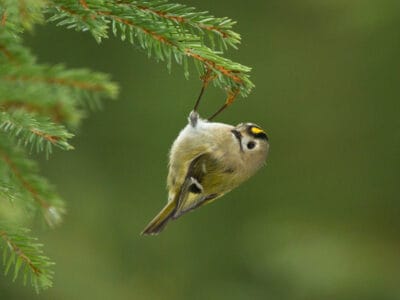
Goldcrest
The goldcrest never starts moving and needs to consume for most of the day to survive. Therefore, in the colder months, it's best that eat 90% a day.
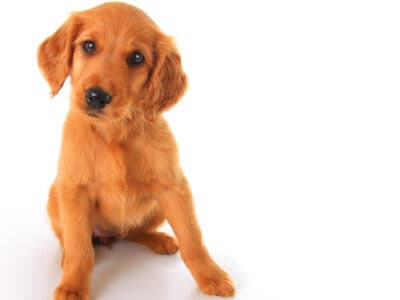
Golden Irish
They can be known as Velcro dogs because they like sticking around and are always near their owners.
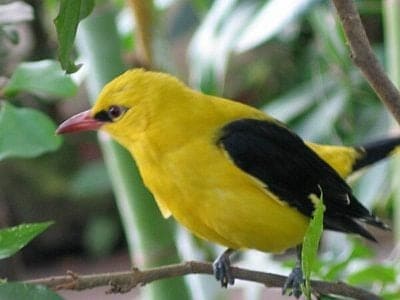
Golden Oriole
Migrates between Europe and Asia!
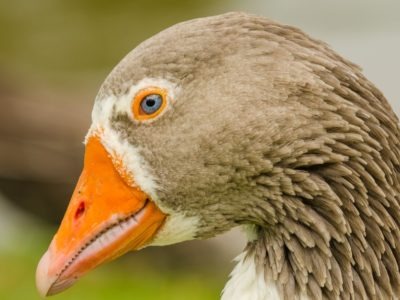
Goose
There are 29 different species!
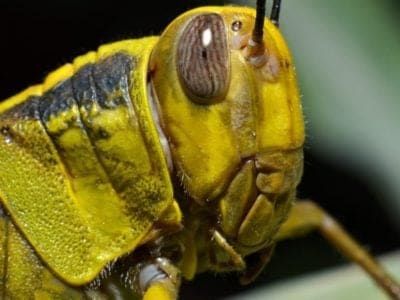
Grasshopper
There are 11,000 known species!
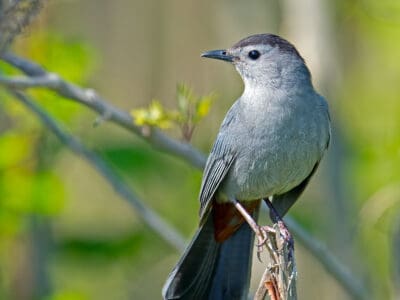
Gray Catbird
Their songs have cat-like qualities and can mimic other birds and animals, like tree frogs.
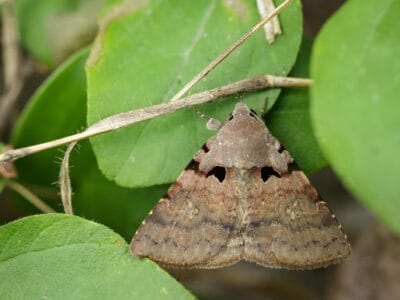
Gypsy Moth
One of the most invasive species in the world
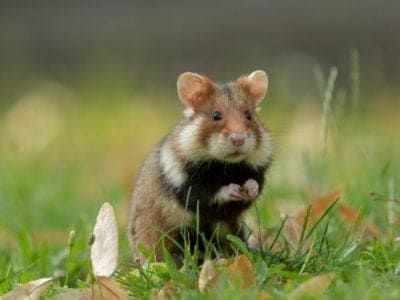
Hamster
Able to run as quickly backwards as forwards!
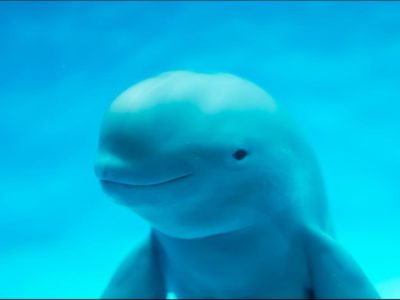
Harbor Porpoise
Surprisingly, not a dolphin!
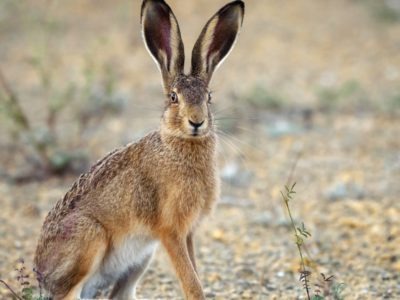
Hare
Can reach speeds of over 50 mph!
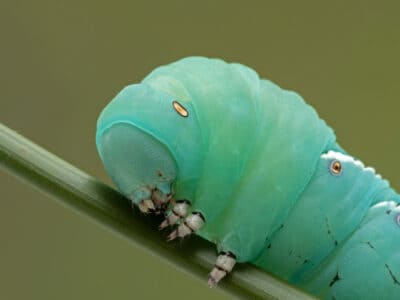
Hawk Moth Caterpillar
Many hawk moth caterpillars eat toxins from plants, but don’t sequester them the way milkweed butterflies do. Most toxins are excreted.
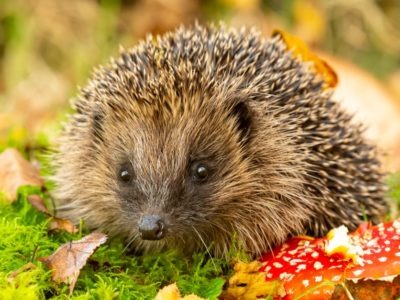
Hedgehog
Thought to be one of the oldest mammals on Earth!
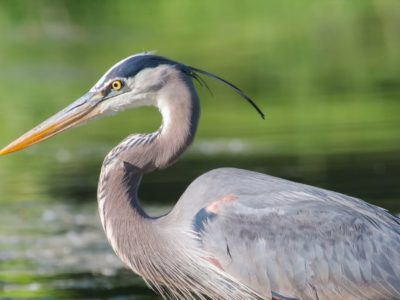
Heron
Inhabits wetlands around the world!
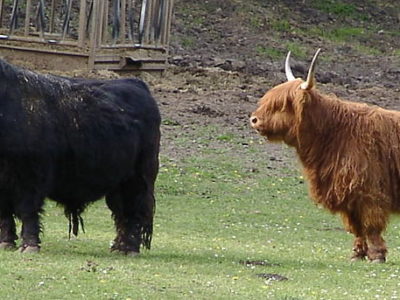
Highland Cattle
Natively found in the Scottish Highlands!
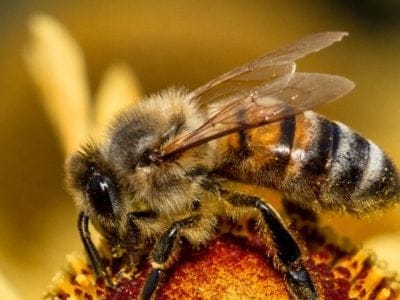
Honey Bee
There are only 8 recognized species!
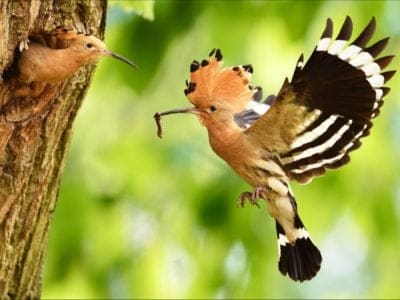
Hoopoe
Stunning bird with a stinky way to deter predators!
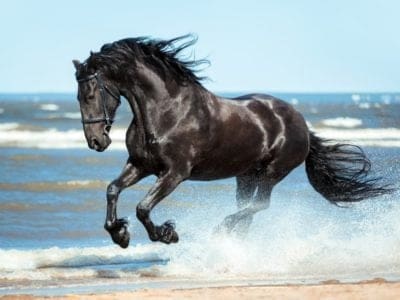
Horse
Has evolved over 50 million years!
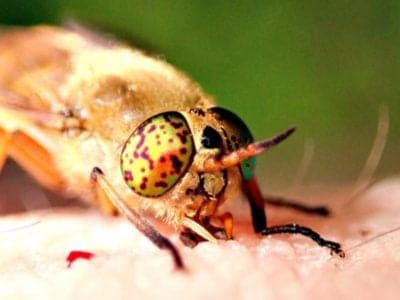
Horsefly
Horseflies have been seen performing Immelmann turns, much like fighter jets.
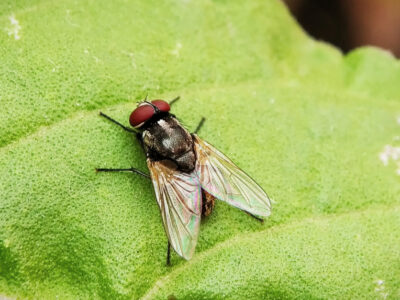
Housefly
The fly has no teeth
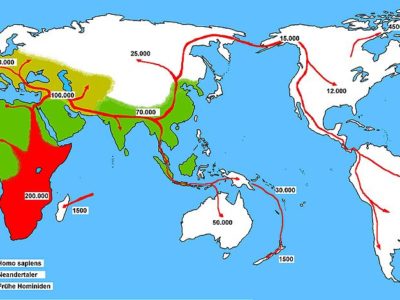
Human
Thought to have orignated 200,000 years ago!
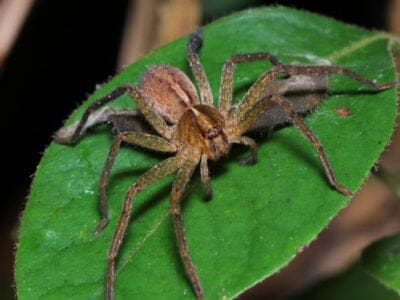
Huntsman Spider
Some huntsman spiders have an interesting way of moving around. Some cartwheel while others do handsprings or backflips.
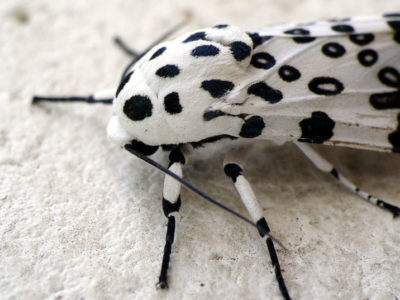
Insects
There are an estimated 30 million species!
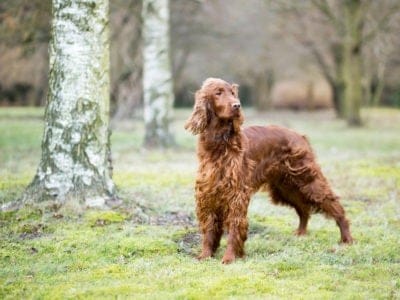
Irish Setter
Has a beautiful coat that's flowing and feathered!
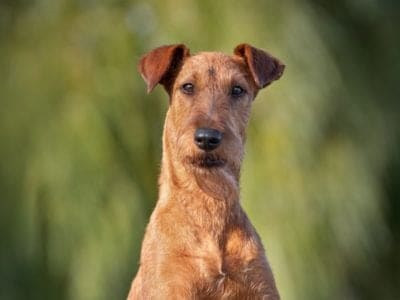
Irish Terrier
An average 300 Irish Terrier puppies are born each year in the United States.
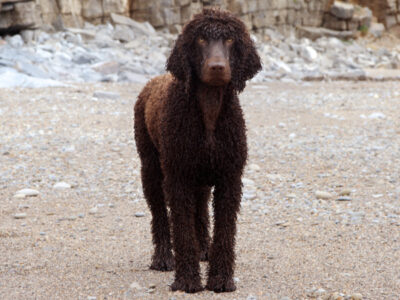
Irish Water Spaniel
They are the only known dogs with a purple hue!
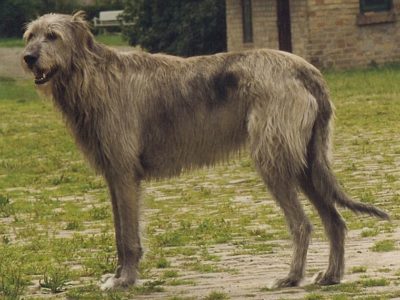
Irish WolfHound
Sweet-tempered, patient and thoughtful!
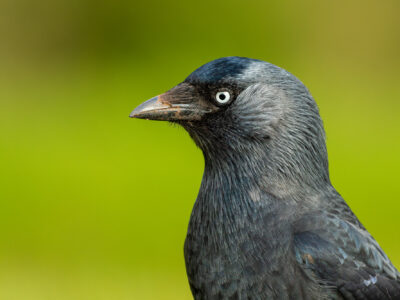
Jackdaw
The jackdaw tends to mate for life with a single partner
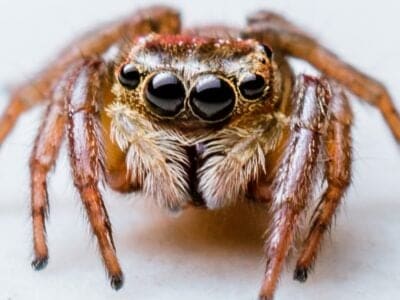
Jumping Spider
Some can jump 50 times the length of their bodies
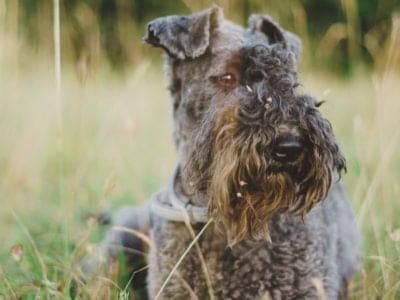
Kerry Blue Terrier
They are born black, and turn gray-blue as they age.

King Eider
The species name, spectabilis, is Latin for “showy” or “remarkable,” referencing the attractiveness of the adult male’s plumage.

Kingfisher
Inhabits wetlands and woodlands worldwide!

Ladybug
There are more than 5,000 species worldwide!

Leech
Has 10 pairs of eyes!

Lemming
Does not hibernate during the bitter Arctic winter!

Linnet
While linnets are monogamous during mating season, they do not mate for life. While breeding pairs are together, the males are highly territorial and will defend the nesting site and the surrounding area.

Lizard
There are around 5,000 different species!

Locust
Each locust can eat its weight in plants each day.

Long-Eared Owl
Ear tufts make it look bigger!

Long-Tailed Tit
Often hangs upside down while feeding!

Magpie
They are found across Europe, Asia and Africa!

Marsh Frog
Has bright green skin!

Mayfly
There are 2,500 known species worldwide!

Mealybug
They have a symbiotic relationship with ants.

Merganser
They line their nests with their feathers

Millipede
Some species have a poisonous bite!

Mole
Primarily hunts and feeds on Earthworms!

Mongrel
Has characteristics of two or more breeds!

Moorhen
Feeds on aquatic insects and water-spiders!

Mosquito
Only the female mosquito actually sucks blood

Moth
There are 250,000 different species!

Mouse
Found on every continent on Earth!

Mule
The offspring of a horse and donkey parents!

Natterjack
Can lay up to 7500 eggs

Neanderthal
Roamed Asia and Europe for around 100,000 years!

Nematode
Nematodes range in size from 1/10 of an inch to 28 feet long

Newt
Able to regrow lost or damaged limbs!

Night Heron
When they feel threatened juvenile night herons vomit their stomach contents.

Nightingale
Named more than 1,000 years ago!

No See Ums
There are more than 5,000 species.

Northern Pintail
Northern pintails migrate at night with speeds reaching 48 miles per hour!

Orb Weaver
Females are about four times the size of males

Ortolan Bunting
The tradition of hiding your face with a napkin or towel while eating this bird was begun by a priest who was a friend of the great French gastronome Jean Anthelme Brillat-Savarin.

Osprey
They reuse nesting sites for 70 years!

Otter
There are 13 different species worldwide

Otterhound
Otterhounds have webbed feet making them great swimmers!

Owl
The owl can rotate its head some 270 degrees

Peppered Moth
Teachers in schools often use the evolution of the peppered moth as a good example of Darwin’s theory of natural selection.

Peregrine Falcon
Fastest animal on Earth

Pheasant
Females lay between 8 and 12 eggs per clutch!

Pig
Thought to have been domesticated in 9,000 BC!

Pigeon
They can find their way back to their nests from up to 1300 miles away.

Pika
Found in mountainous regions and rocky areas

Pine Marten
A pine marten can jump from tree to tree similar to a squirrel.

Pink Salmon
The smallest of the North American salmon

Pompano Fish
They are bottom-feeders

Pond Skater
There are 500 different species!

Pool Frog
The rarest amphibian in the UK!

Porcupine
There are 30 different species worldwide!

Puffin
Can remain in the water for up to 2 minutes!

Purple Emperor Butterfly
Inhabits deciduous forests!

Puss Moth
Caterpillars squirt formic acid!

Quail
Inhabits woodland and forest areas worldwide!

Rabbit
There are more than 300 different species!

Raccoon
Known to wash their food before eating it!

Raccoon Dog
The only hibernating canine!

Rat
Omnivores that eat anything!

Red Deer
A male red deer shows his age in his antlers, which become longer and more branched every year.

Red Kite
This bird moves its tail to steer its body like a rudder on a boat.

Redstart
They build their nests off the ground in tree holes, cavities, stone walls, and roofs

River Turtle
Inhabits freshwater habitats around the world!

Robin
There are more than 45 species in Australia alone!

Rodents
The capybara, the world’s largest rodent, likes to be in and around bodies of water. Because of this, the Catholic Church in South America decided that it was a fish, and people were allowed to eat it during Lent and First Fridays.

Rooster
Will mate with the entire flock!

Sable Ferret
Ferrets were used during the Revolutionary War to keep down the rat population.

Salamander
There are more than 700 different species!

Sand Crab
The sand crab burrows beneath the sand with its tail

Sand Lizard
Males turn green in spring!

Scorpion
There are around 2,000 known species!

Sea Eagle
The sea eagle tends to mate for life with a single partner

Sea Roach
They breathe through gills but live on land

Seahorse
Males give birth to up to 1,000 offspring!

Sheep
Around 35 million in the English countryside!

Short-Eared Owl
The short-eared owl is one of the most widespread owl species in the world, covering five continents.

Shrew
The spinal column of the shrew Scutisorex somereni is so strong and reinforced that it can support the weight of an adult human.

Shrimp
There are 2,000 different species worldwide!

Skink Lizard
Some skinks lay eggs in some habitats while giving birth to skinklets in other habitats.

Slow Worm
Found widely throughout British gardens!

Slug
They glide around on one foot, which is aided by the slime they produce

Smokybrown Cockroach
Has up to 45 eggs per egg case

Snail
There are nearly 1,000 different species!

Snake
There are around 4,000 known species worldwide

Snowy Owl
One of the largest owl species in the world!

Song Thrush
A male song thrush can have over 100 phrases in his repertoire of songs and can imitate pet birds, telephones and other man-made objects.

Spadefoot Toad
They spend most of their time underground!

Sparrow
There are 140 different species!

Spider Wasp
They prey on spiders to feed their larvae or they parasitize other spider wasps.

Squirrel
Small rodents found in woodlands worldwide!

Stick Insect
There are more than 3,000 different species!

Stoat
Average adults weigh about 200 grams!

Stork
They can’t sing like other birds.

Swan
Populations have been affected by pollution!

Teacup Miniature Horse
Female teacup minis become sexually mature between 2 and 5 years old, but breeders typically wait until their horse is 3 before letting her reproduce to prevent complications.

Termite
Their mounds can be up to 9 meters tall!

Thornback Ray
The skate with the biggest spines!

Thrush
The American robin is called the robin because its red breast reminded European settlers of the robin back in the old country.

Tick
They inject hosts with a chemical that stops them from feeling the pain of the bite

Tiger Beetle
The adult tiger beetle is one of the fastest land insects in the world

Tiger Moth
The bright colors of this moth are a signal to predators that it has a terrible taste.

Tortoise
Can live until they are more than 150 years old!

Tree Frog
Found in warmer jungles and forests!

Turtles
Some species of aquatic turtles can get up to 70 percent of their oxygen through their butt.

Vulture
There are 30 different species worldwide!

Wasp
There are around 75,000 recognised species!

Water Buffalo
Has been domesticated for thousands of years!

Water Vole
The largest Vole species in the UK!

Weasel
The smallest carnivorous mammal in the world!

Wheaten Terrier
Originally bred as a farm dog, the Wheaten Terrier can be very protective of its domain.

White Ferret / Albino Ferrets
There are two different types of white ferrets!

Willow Warbler
This bird molts twice a year.

Winter Moth
Only the males fly and the females walk.

Wolf
Thought to date back more than 300,000 years!

Wolf Spider
Carnivorous arachnid that hunts its prey.

Woodlouse
This animal can roll up into a ball

Woodlouse Spider
Unlike most spiders, woodlouse spiders don’t build a web.

Woodpecker
There are 200 different species!

Worm
Doesn’t have eyes.

Xeme (Sabine’s Gull)
They follow after seals and whales to eat their scraps.

Yellowhammer
It interbreeds with the pine bunting

Zebra Mussels
A female zebra mussel can deposit 30,000 to 1,000,000 eggs each year!
Irish Animals List
- Admiral Butterfly
- Angelshark
- Ant
- Apple Moth
- Arctic Char
- Armyworm
- Atlantic Cod
- Aurochs
- Avocet
- Badger
- Barn Owl
- Barn Swallow
- Bat
- Bed Bugs
- Bee
- Beetle
- Beewolf wasp
- Bird
- Biscuit Beetle
- Black and White Warbler
- Black Widow Spider
- Brown-banded Cockroach
- Brown Dog Tick
- Bumblebee
- Butterfly
- Camel Cricket
- Carpenter Ant
- Cat
- Caterpillar
- Catfish
- Centipede
- Chamois
- Chicken
- Cockroach
- Codling Moth
- Common Buzzard
- Common Frog
- Common Furniture Beetle
- Common House Spider
- Common Loon
- Common Raven
- Common Toad
- Cormorant
- Cow
- Crab
- Crab Spider
- Crane
- Cricket
- Crow
- Cuckoo
- Deer
- Dog
- Dog Tick
- Donkey
- Dormouse
- Dragonfly
- Duck
- Dung Beetle
- Eagle
- Earthworm
- Earwig
- Edible Frog
- Eel
- Eider
- English Longhorn Cattle
- Ermine
- Eurasian Bullfinch
- European Goldfinch
- European Polecat
- European Robin
- Falcon
- Fallow deer
- False Widow Spider
- Ferret
- Firefly
- Flea
- Fly
- Flying Squirrel
- Fox
- Frizzle Chicken
- Frog
- Fruit Fly
- Gadwall
- German Cockroach
- German Wirehaired Pointer
- Glass Lizard
- Glen Of Imaal Terrier
- Glowworm
- Gnat
- Goat
- Goldcrest
- Golden Irish
- Golden Oriole
- Goose
- Grasshopper
- Gray Catbird
- Gypsy Moth
- Hamster
- Harbor Porpoise
- Hare
- Hawk Moth Caterpillar
- Hedgehog
- Heron
- Highland Cattle
- Honey Bee
- Hoopoe
- Horse
- Horsefly
- Housefly
- Human
- Huntsman Spider
- Insects
- Irish Setter
- Irish Terrier
- Irish Water Spaniel
- Irish WolfHound
- Jackdaw
- Jumping Spider
- Kerry Blue Terrier
- King Eider
- Kingfisher
- Ladybug
- Leech
- Lemming
- Linnet
- Lizard
- Locust
- Long-Eared Owl
- Long-Tailed Tit
- Magpie
- Marsh Frog
- Mayfly
- Mealybug
- Merganser
- Millipede
- Mole
- Mongrel
- Moorhen
- Mosquito
- Moth
- Mouse
- Mule
- Natterjack
- Neanderthal
- Nematode
- Newt
- Night Heron
- Nightingale
- No See Ums
- Northern Pintail
- Orb Weaver
- Ortolan Bunting
- Osprey
- Otter
- Otterhound
- Owl
- Peppered Moth
- Peregrine Falcon
- Pheasant
- Pig
- Pigeon
- Pika
- Pike Fish
- Pine Marten
- Pink Salmon
- Pompano Fish
- Pond Skater
- Pool Frog
- Porcupine
- Puffin
- Purple Emperor Butterfly
- Puss Moth
- Quail
- Rabbit
- Raccoon
- Raccoon Dog
- Rat
- Red Deer
- Red Kite
- Redstart
- River Turtle
- Robin
- Rodents
- Rooster
- Sable Ferret
- Salamander
- Sand Crab
- Sand Lizard
- Scorpion
- Sea Eagle
- Sea Roach
- Seahorse
- Sheep
- Short-Eared Owl
- Shrew
- Shrimp
- Skink Lizard
- Slow Worm
- Slug
- Smokybrown Cockroach
- Snail
- Snake
- Snowy Owl
- Song Thrush
- Spadefoot Toad
- Sparrow
- Spider Wasp
- Squirrel
- Stick Insect
- Stoat
- Stork
- Swallowtail Butterfly
- Swan
- Teacup Miniature Horse
- Termite
- Thornback Ray
- Thrush
- Tick
- Tiger Beetle
- Tiger Moth
- Tortoise
- Tree Frog
- Turtles
- Vulture
- Wasp
- Water Buffalo
- Water Vole
- Weasel
- Wheaten Terrier
- White Ferret / Albino Ferrets
- Willow Warbler
- Winter Moth
- Wolf
- Wolf Spider
- Woodlouse
- Woodlouse Spider
- Woodpecker
- Worm
- Xeme (Sabine’s Gull)
- Yellowhammer
- Zebra Mussels
Ireland FAQs (Frequently Asked Questions)
What kinds of animals live in Ireland?
Many unique types of wildlife live and have lived in Ireland. They include the pine marten, the Irish elk, the Irish hare, the red deer, and ten resident bat species.
What dangerous animals live in Ireland?
The predatory grey wolves that were endemic to Ireland became extinct approximately 250 years ago. If you really want the facts, the most dangerous animals living in Ireland today are probably humans.
Does Ireland have bears?
Ireland had brown bears as recently as the last Ice Age. They are extinct now.
Does Ireland have snakes now?
Whether or not you believe the popular folklore tale that St. Patrick drove the snakes out of Ireland, it’s quite true that Ireland has no native snakes. It does have a native reptile species called Zootoca vivipara that looks like a small snake. The endemic Zootoca vivipara is actually a species of legless lizard.
What animals are native to Ireland?
The Irish hare, the Connemara pony, the red fox, the pygmy shrew, and the red deer are among the unique fauna that is native to Ireland.
What is the rarest animal in Ireland?
At one time, the pine marten was widely distributed throughout all of Ireland. Today, the weasel-like animal can only be found in a few places near the Emerald Isle’s western coast and in its midlands. Biologists estimate that Ireland’s pine marten population is down to only 2,700 individuals.










